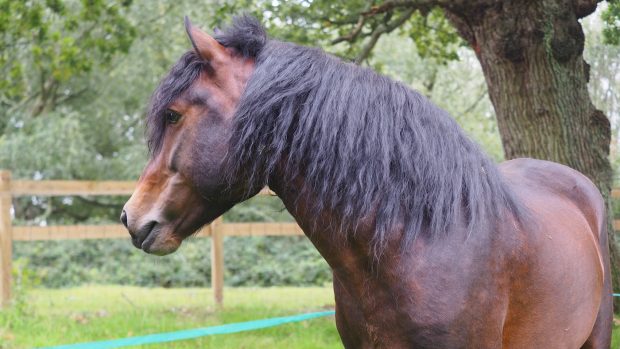Despite its popularity as an all-rounder, the New Forest pony is now officially a rare breed.
The Rare Breeds Survival Trust (RBST) has moved the New Forest from category 6 — other native breeds — to category 5, “minority”, for 2014.
“We have been closely monitoring the breeding population of registered New Forest ponies for a few years now, and their population has unfortunately dropped quite steeply,” said Claire Barber from the RBST.
Last year, the number of adult breeding females was around 3,300. This is just 300 above the level considered to be a rare breed by the RBST (news, 13 June).
Now the population has fallen to under 3,000 for the first time due to reduced breeding.
“We are walking a tightrope,” said Jane Murray from the New Forest Pony Breeding and Cattle Society.
“Ironically, welfare issues, and the responsible actions taken by breeders, are partly the reason for the New Forest pony coming on the watchlist.”
Ms Barber added: “Given the severe problem regarding a lack of market for youngstock and overbreeding in equines in general, the conservation options are limited.
“It has been necessary to limit the number of stallions made available to breed with mares out on the Forest. But we are working to see to which stallions should be released to ensure that loss of genetic diversity in the breed is minimised.”
There are also plans in place for stallion semen collections to be gene banked, as a long-term “insurance” measure against genetic loss.
Dr Jane Cleal competes the 14.1hh Farriers Brown Bear in senior British Showjumping classes up to 1.10m, as well as taking part in hunter trials.
“New Forests have the clever pony brain and are brave and hardy,” she said.
This article was first published in Horse & Hound magazine (20 February 2014)





